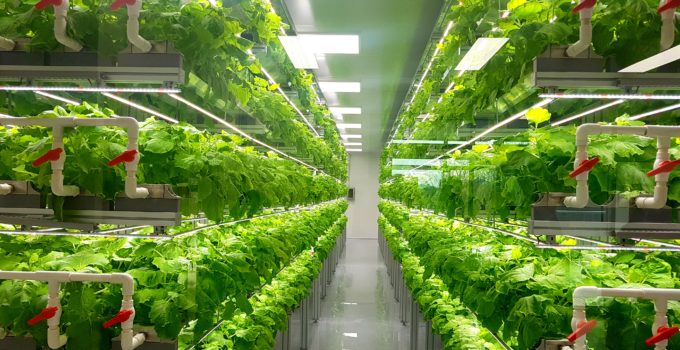In the modern agricultural landscape, vertical farming stands out as an innovative solution to the challenges of urbanization, limited arable land, and the need for sustainable farming practices. By stacking crops in vertical layers, often in controlled indoor environments, vertical farming can produce more food per square foot than traditional farming. But while the concept sounds promising, its profitability hinges significantly on automation.
The principle of vertical farming revolves around maximizing the use of space. By growing crops in stacked layers, it allows for crop production in urban settings, old warehouses, or even skyscrapers. This not only reduces the distance food needs to travel, thus cutting down on carbon emissions, but it also uses less water and eliminates the need for pesticides, given its controlled environment.
However, the very design of vertical farms – with its multilayered and densely packed shelves – makes manual labor incredibly challenging. Maneuvering through tight spaces, reaching crops on higher shelves, and maintaining a consistent environment across all layers can be labor-intensive. If a vertical farm relies heavily on manual labor, the operational costs can quickly escalate, eroding any potential profit.
This is where automation comes into play. Automated systems, such as robotic planters and harvesters, can navigate the narrow corridors and shelves of vertical farms with ease. They can be programmed to work around the clock, ensuring that plants are sown, nurtured, and harvested with precision and consistency. Moreover, automation can monitor and adjust environmental conditions like temperature, humidity, and light, ensuring optimal growth conditions for crops. With these systems in place, the need for manual intervention diminishes, significantly reducing labor costs.
Another financial challenge for vertical farming is energy consumption. These farms often rely on artificial lighting, like LED lights, to simulate sunlight. While these lights are more energy-efficient than traditional lighting, they still represent a considerable operational cost. Automated systems can optimize light usage, ensuring that plants receive the right amount of light at the right time, thereby reducing energy waste.
In addition to direct farming processes, automation can streamline other aspects of farm management. From inventory management to data analysis on crop yields and growth patterns, automated systems provide farmers with insights that can further enhance profitability. With real-time data, farmers can make informed decisions about which crops to grow, when to harvest, and how to optimize growth conditions.
In conclusion, while vertical farming presents a revolutionary approach to modern agriculture, its success and profitability largely depend on the extent of automation. Without it, the operational costs – from labor to energy consumption – can quickly outweigh the benefits. But with the right balance of innovative farming techniques and cutting-edge automation, vertical farming has the potential to redefine urban agriculture and pave the way for a sustainable and profitable future.



